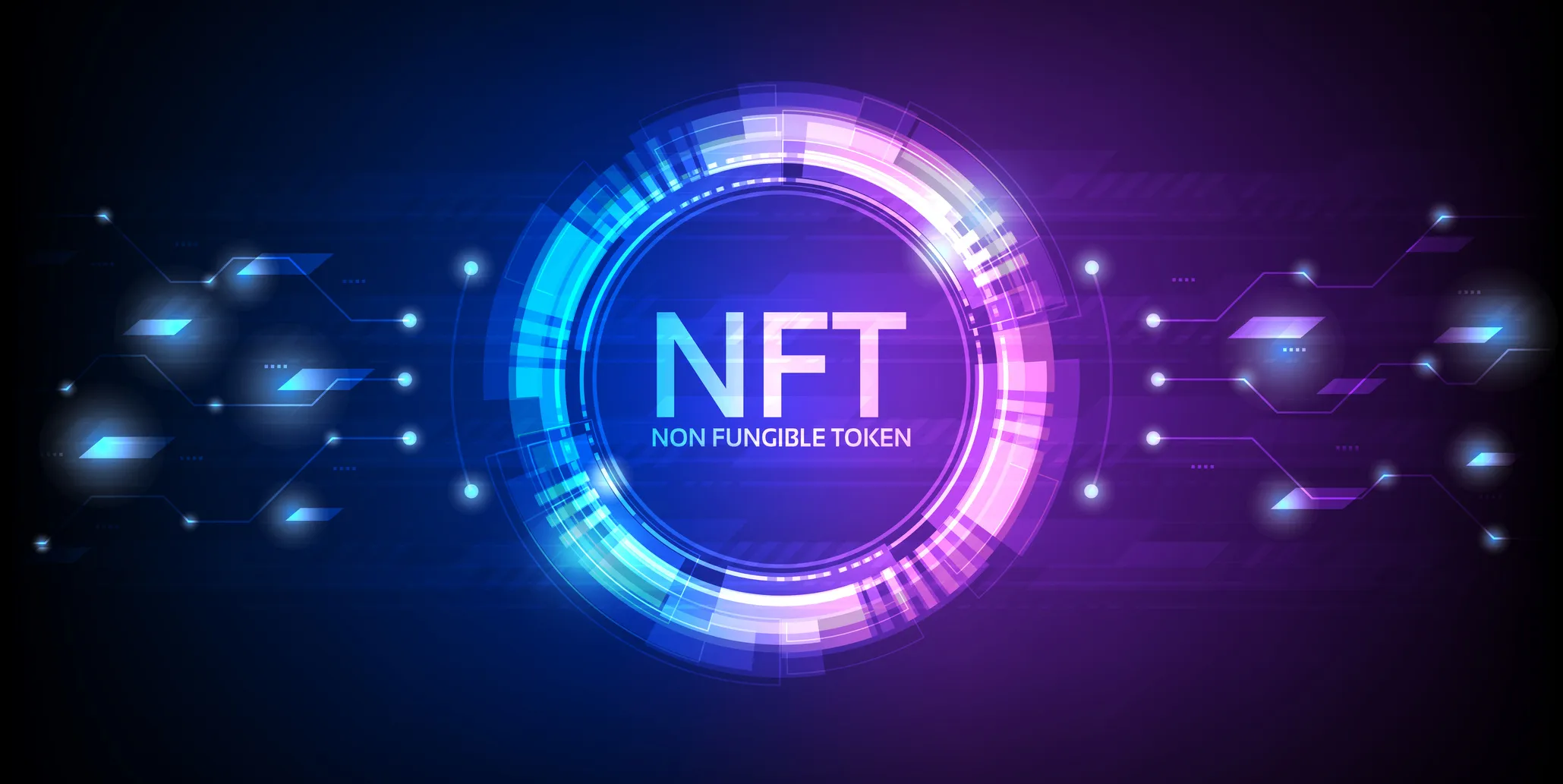In the rapidly evolving landscape of digital assets, Non-Fungible Tokens (NFTs) have emerged as a revolutionary concept, transforming the way we perceive and trade digital content. This article provides an in-depth exploration of NFTs, covering their definition, underlying technology, use cases, challenges, and the impact they have on various industries.
Understanding NFTs
1. Definition of NFTs
- Non-Fungible Nature: NFTs are unique digital tokens that represent ownership or proof of authenticity of a specific item or piece of content.
- Blockchain Technology: NFTs are built on blockchain technology, often utilizing smart contracts to enforce ownership rules and ensure scarcity.
2. Blockchain Technology and Smart Contracts
- Ethereum as a Dominant Platform: Ethereum is a leading blockchain platform for NFTs, leveraging its smart contract functionality to enable the creation and execution of NFTs.
- Decentralized Ownership: Blockchain ensures decentralized ownership and transparent transaction history, reducing the risk of fraud or forgery.
Use Cases and Applications
1. Digital Art and Collectibles
- Tokenized Artwork: Artists can tokenize their digital creations, providing a new way to buy, sell, and own digital art pieces.
- Collectibles and Gaming: NFTs are used to represent in-game assets, enabling gamers to own, trade, and sell virtual items.
2. Tokenization of Real-World Assets
- Real Estate: NFTs can represent ownership or fractional ownership of real estate, making it more accessible for a broader audience.
- Intellectual Property: Musicians, writers, and other creators can tokenize their intellectual property, allowing for direct sales and royalties.
3. Virtual Real Estate and Metaverse
- Virtual Land Ownership: NFTs are used to represent ownership of virtual land within digital spaces like the metaverse.
- Virtual Events and Experiences: NFTs can grant access to exclusive virtual events, concerts, and experiences.
Challenges and Criticisms
1. Environmental Concerns
- Blockchain Energy Consumption: The energy consumption of blockchain networks, particularly in Proof-of-Work systems like Ethereum, has raised environmental concerns.
- Transition to Sustainable Solutions: The industry is exploring and transitioning to more sustainable blockchain solutions, such as Proof-of-Stake.
2. Copyright and Intellectual Property Issues
- Unauthorized Tokenization: NFTs have been criticized for enabling the tokenization of content without the creator’s consent, leading to issues of copyright infringement.
- Smart Contract Control: Smart contracts must be carefully crafted to respect intellectual property rights and provide appropriate compensation mechanisms.
3. Market Saturation and Speculation
- Overwhelming Supply: The rapid proliferation of NFTs has led to concerns about oversaturation and the dilution of value.
- Speculative Nature: Some critics argue that the NFT market is driven by speculation rather than intrinsic value.
Future Trends and Developments
1. Integration with DeFi and DAOs
- DeFi Integration: NFTs may become more intertwined with decentralized finance (DeFi) protocols, enabling fractional ownership and lending against NFT holdings.
- DAO Governance: Decentralized Autonomous Organizations (DAOs) could play a role in governing NFT platforms and communities.
2. Interoperability Between Blockchains
- Cross-Chain NFTs: Solutions are being explored to enable NFTs to move seamlessly between different blockchain networks, enhancing interoperability.
- Reducing Dependence on Ethereum: As the industry matures, alternative blockchain networks are gaining traction for NFTs to reduce congestion and high fees on Ethereum.
3. Innovations in NFT Standards
- Improving Standards: New NFT standards are being developed to address issues of environmental impact, interoperability, and intellectual property concerns.
- Dynamic NFTs: Explorations into dynamic or programmable NFTs, which can evolve or change over time based on predefined conditions.
Conclusion
NFTs have undeniably disrupted traditional notions of ownership and value, opening up new possibilities across various industries. While facing challenges and criticisms, the NFT space continues to evolve, with ongoing innovations and discussions about sustainability, intellectual property, and market dynamics. As the technology matures and the industry adapts to address concerns, the future of NFTs holds the potential to redefine how we perceive and interact with digital and virtual assets. Whether you’re an artist, collector, investor, or enthusiast, staying informed about the developments in the NFT space is key to navigating this dynamic and transformative landscape.
